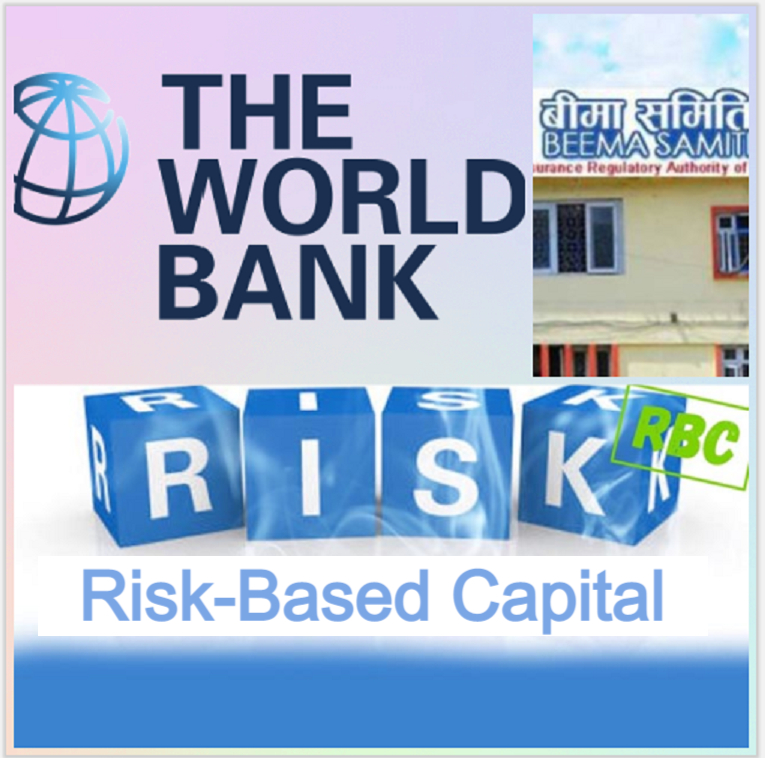Kathmandu: In the era of 1980s and 1990s, American insurance companies went bankrupt due to high financial risk. In such a scenario, experts concluded that insurance companies cannot afford long-term risk based on traditional capital. Based on this conclusion, the concept of risk based capital was introduced in the insurance sector instead of fixed capital.
A 1992 study by the Office of the Comptroller and Auditor General of USA, stated that of the 176 life and health insurers declared in poor financial health between 1975 and 1990, 80 percent were fall in crisis after 1982.
The World Bank Group is supporting South Asian governments to implement risk-based capital(RBC), with the conclusion that traditional capital structures are no more sufficient to cover the risks(both predictable and unpredictable), posed by individual insurance companies.
RBC for insurance companies has been implemented in Sri Lanka since 2017 as the first South Asian country. Bhutan has implemented the Risk Based Solvency Directive since September 2019. RBC is also being implemented in India. Necessary preparation has already started to implement this in Nepal on the condition that the World Bank will provide technical assistance.

The minimum paid up capital of a life insurer licensed under the Insurance Act 2049 is Rs. 2 billion and the minimum paid-up capital of non-life insurers is Rs. 1 billion. But the size of business, potential for business growth, market expansion, size of risk are not the same for all 19 life insurers and 20 non-life insurers in operation.
Recently, the Board of Directors of Nepal Life Insurance has been found involved in the day-to-day operations and management of the company with the assessment that the internal control system is weak. As the size, capital, investment, investment risk, operating expenses, etc. of the company, which has been operating for more than two decades, increases, the current capital structure is not sufficient to address the risks within it. For that, it is necessary to classify the risk of the company and manage the capital accordingly.
RBC manages sufficient risk-bearing capital by assessing existing and potential risks based on the nature of the insurers’ business. As the need for adequate technical knowledge is essential for it, Nepalese insurers are now responding that there will be problems in implementing it immediately and seeking for enough time to implement RBC.
Both fixed capital and risk based capital help in risk taking. Under fixed capital regime, all companies should have equal capital. But under the concept of RBC, the determination of capital is based on the risk borne by the company.
The RBC of insurers covers four major risks:
A) Investment Risk:
The risk inherent with the investment with the insurer is included in the property risk. Under this, there is a risk of drowning the investment made in ordinary shares or bonds.
B) Underwriting Risk:
Excess capital held by the company to cover the potential additional risks that may arise when accepting an insurance policy offer.
Interest rate risk: Risk due to fluctuations in interest rates offered by banks and financial institutions on time deposits.
C) Business Risk:
General financial condition of the company under business risk. This usually includes operating risks, for example potential losses due to mismanagement.










